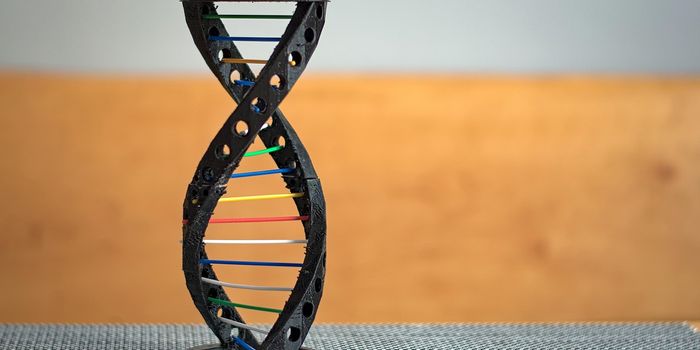How A West African Monkey Avoids AIDS
How does a West African monkey species called sooty mangabeys resist SIV, the “monkey version” of HIV, and prevent the infection from developing into AIDS? In a novel study comparing the genomes of humans and monkeys, scientists from the Yerkes National Primate Research Center at Emory University make two discoveries that could change the approach to HIV and AIDS.
“Sooty mangabeys and other natural hosts have for years served scientists as a roadmap to AIDS therapies, but we've only been able to look at small pieces of the map at a time,” explained co-author of the new Nature study Steve Bosinger, PhD. “Now, by examining the entire genome of these species, our team believes we can accelerate discoveries that make a difference in the fight against HIV and AIDS.”
Sooty mangabeys, known for their brown-gray color, are usually found on the west coast of Africa from Senegal to Ghana. They are natural hosts for SIV, as are drills and African green monkeys. SIV infection in these species is similar to the way HIV infections humans, except immune cell levels do not dwindle to dangerous levels and the infection does not eventually transition into AIDS. Other monkey species, such as rhesus macaques, are not so lucky. As non-natural hosts for SIV, their response to SIV is more like the human response to HIV: lethal.
In the new study, researchers sequenced the sooty mangabey genome and compared it to both human genome sequences and genome sequences of nonhuman primates. Scientists hope that an analysis of the results will help improve therapy for humans with HIV, reduce transmission of HIV from mother to infant, and boost efforts to develop effective HIV vaccines.
"We are taking advantage of an evolutionary experiment that took place over many thousands of years, revealing how it is possible to be infected with SIV and not progress to AIDS," explained study leader Guido Silvestri, MD.
What researchers found from the inter-species genome analysis is two unique changes in immune proteins in the sooty mangabey genome, thought to be two big clues as to how these monkeys deal peacefully with SIV without ever experiencing the lethal grip of AIDS.
The first change was a gene deletion not found in other primates, which resulted in a protein called ICAM2, an adhesion molecule on immune cells, to not function. The second was an alteration of the TLR4 protein, leading to dysfunction. TLR4 proteins are active in the innate immune system, sensing and responding to certain parts of bacterial membranes. Like the ICAM2 deletion, the TLR4 alteration was not found in non-natural primate hosts for SIV.
“Damage to intestinal barriers and bacterial release contributes to chronic immune activation, which is associated with AIDS progression in HIV-infected humans and SIV-infected non-natural hosts,” Silvestri explained.
In the future, Silvestri and others plan on researching more details on the differences between the genomes of sooty mangabeys and other monkeys, as well as more studies with ICAM2 and TLR4 to understand in more detail how they “protect” sooty mangabeys from AIDS.
Sources: National Primate Research Center, Emory Health Sciences









